Rising Demand for Personalized Medicine
The rising demand for personalized medicine is emerging as a significant driver for the Global Warburg Micro Syndrome Market Industry. Patients and healthcare providers are increasingly seeking tailored treatment options that consider individual genetic profiles. This trend is particularly relevant for rare genetic disorders like Warburg Micro Syndrome, where standard treatment approaches may not be effective. The focus on personalized medicine is likely to lead to the development of targeted therapies, enhancing treatment efficacy and patient satisfaction. As the market evolves, it is expected to witness a substantial increase in investment and innovation, further propelling its growth in the coming years.
Supportive Government Policies and Funding
Supportive government policies and funding initiatives play a crucial role in shaping the Global Warburg Micro Syndrome Market Industry. Governments worldwide are increasingly recognizing the need to allocate resources for research and treatment of rare genetic disorders. This includes funding for clinical trials, research grants, and public health campaigns aimed at raising awareness. Such initiatives not only facilitate advancements in medical research but also encourage collaboration between public and private sectors. As a result, the market is poised for growth, with projections indicating a market value of 1.7 USD Billion by 2035, reflecting the positive impact of these supportive measures.
Increasing Awareness of Rare Genetic Disorders
The growing awareness surrounding rare genetic disorders, including Warburg Micro Syndrome, is a pivotal driver for the Global Warburg Micro Syndrome Market Industry. As healthcare professionals and the general public become more informed about the symptoms and implications of this syndrome, there is an increased demand for diagnostic tools and treatment options. This heightened awareness is likely to contribute to the market's growth, with projections indicating a market value of 0.67 USD Billion in 2024. The emphasis on early diagnosis and intervention may further stimulate research and development efforts, ultimately enhancing patient outcomes and driving market expansion.
Advancements in Genetic Research and Technology
Recent advancements in genetic research and technology are significantly influencing the Global Warburg Micro Syndrome Market Industry. Innovations in gene therapy and genetic testing have the potential to improve diagnosis and treatment options for affected individuals. For instance, the development of next-generation sequencing technologies allows for more accurate identification of genetic mutations associated with Warburg Micro Syndrome. As these technologies become more accessible, the market is expected to experience substantial growth, with an anticipated CAGR of 8.82% from 2025 to 2035. This growth trajectory underscores the importance of ongoing research in understanding and addressing the complexities of this rare condition.


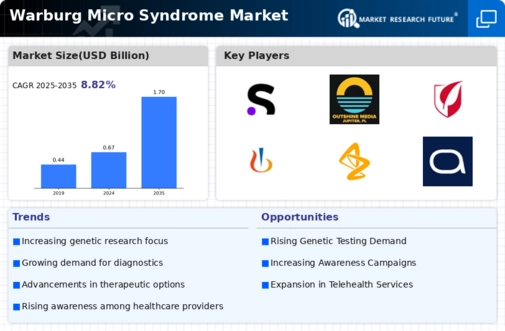
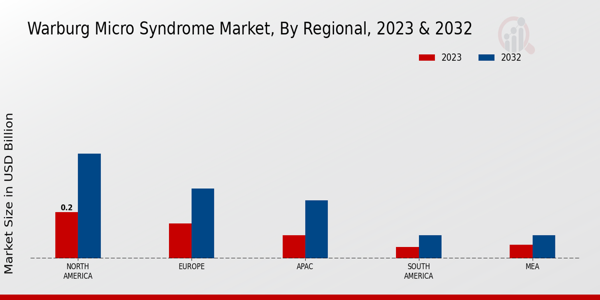
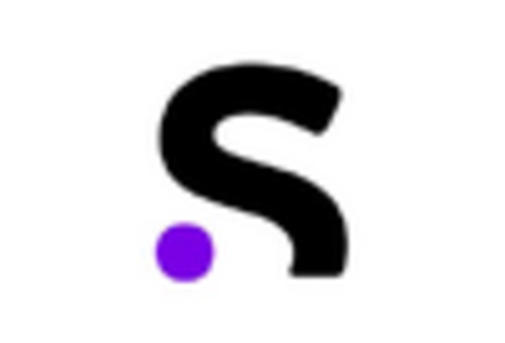


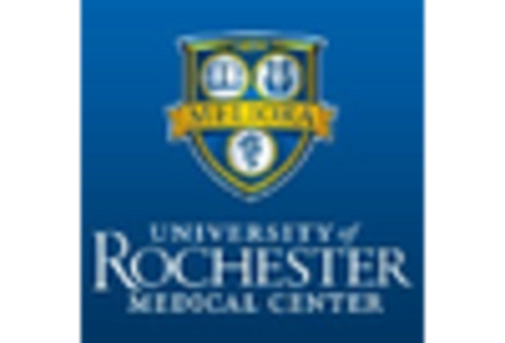



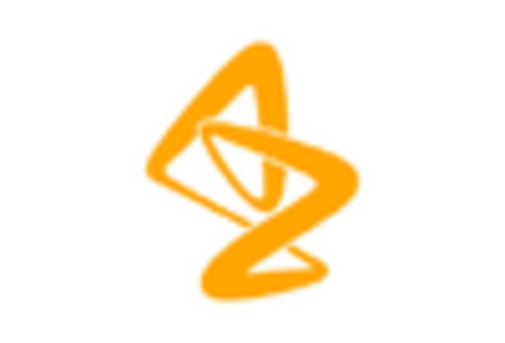










Leave a Comment